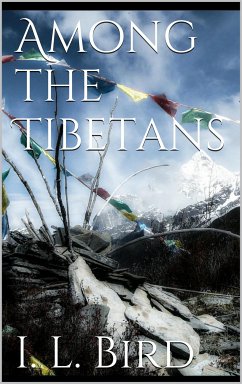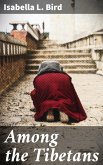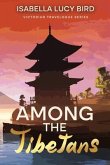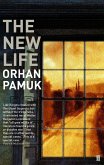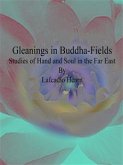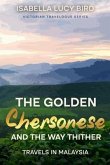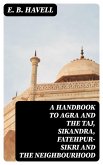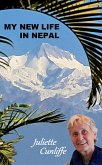At some little distance outside Leh are the cremation grounds—desert places, destitute of any other vegetation than the Caprifolia horrida. Each family has its furnace kept in good repair. The place is doleful, and a funeral scene on the only sunless day I experienced in Ladak was indescribably dismal. After death no one touches the corpse but the lamas, who assemble in numbers in the case of a rich man. The senior lama offers the first prayers, and lifts the lock which all Tibetans wear at the back of the head, in order to liberate the soul if it is still clinging to the body. At the same time he touches the region of the heart with a dagger. The people believe that a drop of blood on the head marks the spot where the soul has made its exit. Any good clothing in which the person has died is then removed. The blacksmith beats a drum, and the corpse, covered with a white sheet next the dress and a coloured one above, is carried out of the house to be worshipped by the relatives, who walk seven times round it. The women then retire to the house, and the chief lama recites liturgical passages from the formularies. Afterwards, the relatives retire, and the corpse is carried to the burning-ground by men who have the same tutelar deity as the deceased. The leading lama walks first, then come men with flags, followed by the blacksmith with the drum, and next the corpse, with another man beating a drum behind it. Meanwhile, the lamas are praying for the repose and quieting of the soul, which is hovering about, desiring to return. The attendant friends, each of whom has carried a piece of wood to the burning-ground, arrange the fuel with butter on the furnace, the corpse wrapped in the white sheet is put in, and fire is applied. The process of destruction in a rich man's case takes about an hour. During the burning the lamas read in high, hoarse monotones, and the blacksmiths beat their drums. The lamas depart first, and the blacksmiths, after worshipping the ashes, shout, 'Have nothing to do with us now,' and run rapidly away. At dawn the following day, a man whose business it is searches among the ashes for the footprints of animals, and according to the footprints found, so it is believed will be the re-birth of the soul.
Dieser Download kann aus rechtlichen Gründen nur mit Rechnungsadresse in A, B, BG, CY, HR, DK, EW, FIN, F, D, GR, IRL, I, LR, LT, L, M, NL, PL, P, CZ, R, SK, SLO, S, H ausgeliefert werden.

